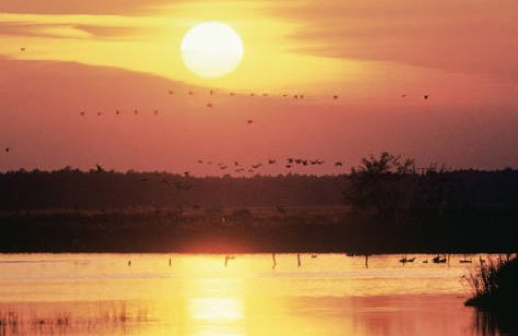Code Green Solutions


I was shocked to read in the Washington Post last week that roughly half of the world’s vertebrate (and non-human) animals have vanished since 1970. Goodness knows how many had been lost before we started counting. “The main culprits?” the article reads, are “exploitation (i.e. overfishing and overhunting), and habitat degradation.
It may be compelling enough for some to act just knowing that we are on this sorry path—a path towards a world where we may barely be able to show our children the amazing diversity and wonder of animal life on earth. Others may need more convincing. The full WWF report extolls many reasons to act (start on report page 88), including that humanity currently enjoys approximately $150 trillion annually in benefits provided by nature that we can’t afford to lose. These benefits range from climate stabilization, water resource distribution, nutrient cycling, and more—not to mention food, water, energy, recreation, and public health.
But what does action look like, especially for those of us in the buildings sector?
We know, of course, that development can have major impacts on wildlife—both directly and indirectly. If not carefully addressed, some direct impacts can include habitat loss, habitat pollution (via air and light pollution, and especially downstream water pollution), and habitat intrusion (i.e. disrupting critical migration corridors for birds and terrestrial animals alike). The indirect impacts are less tangible at the building site, but every building product or service (like a nail, a lamp, a cleaning contract, catering choices, and the building’s water and energy supply) has its own impact on nature and the wildlife it supports.
Ultimately, all design, construction and operations decisions we make for or in our buildings have impacts. LEED considers these impacts and rewards decisions that address and reduce them.*
Here are a few of the most relevant LEED BD+C credits related to protecting, enhancing or restoring animal life on earth (see also: LEED credits in all rating systems).
How will you prioritize nature and wildlife conservation on your next project?
*For more information on how LEED v4 considers and prioritizes environmental, human health, and economic factors in green buildings, view this report: LEED v4 Impact Category and Point Allocation Development Process.